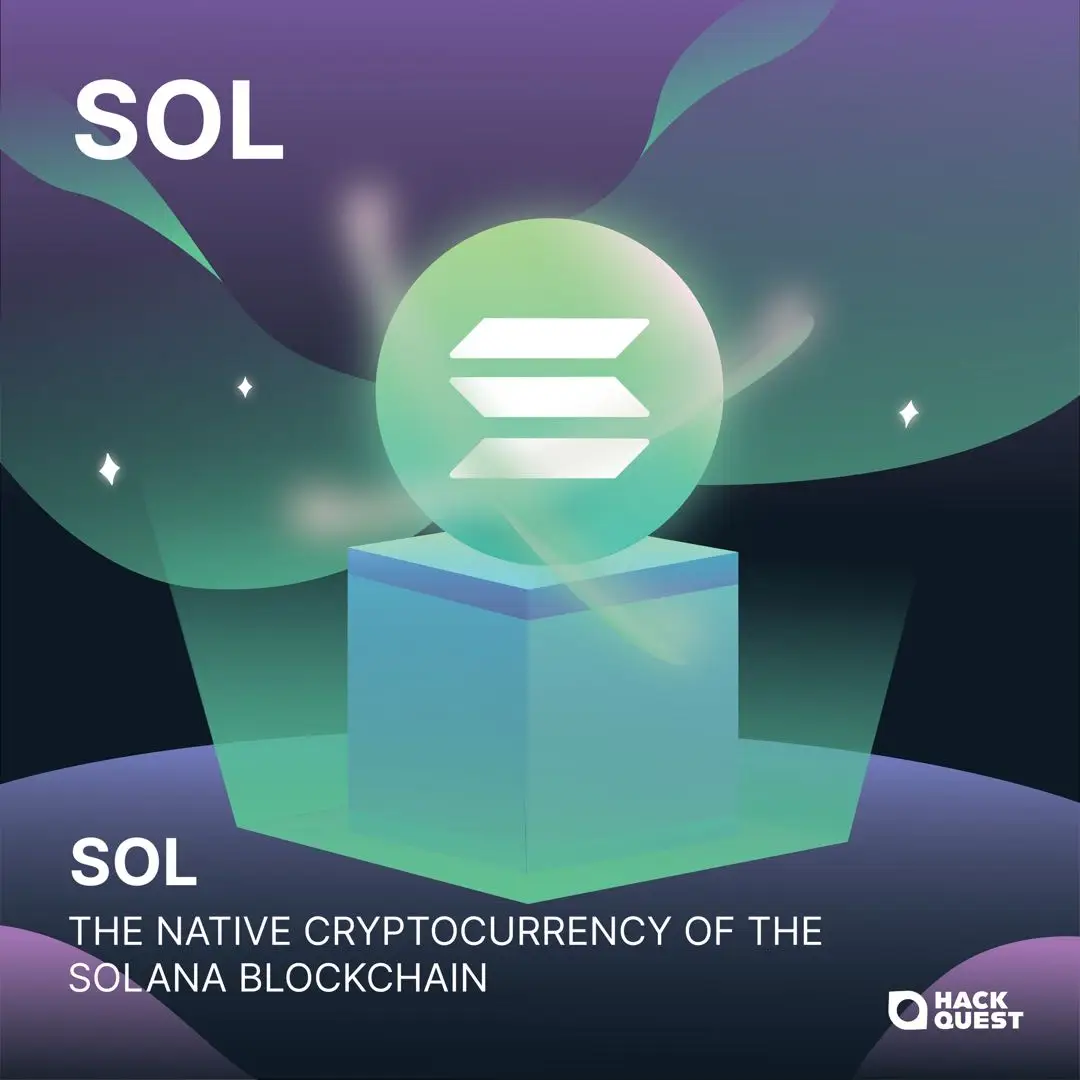Welcome to the world of Web3, where cryptocurrencies, blockchain, and a unique culture converge. Entering the world of Web3 can be both thrilling and overwhelming, especially when faced with the seemingly cryptic language used by enthusiasts. Don't worry if you feel they sound like some secret codes, we are here to unravel their meaning. In this article, we are going to introduce [SOL].

What is the meaning of SOL?
SOL is the native cryptocurrency of the Solana blockchain. It plays a pivotal role in maintaining and operating the Solana network and can be used for a variety of purposes, including:

Source: CoinGecko
The Significance of Solana in Web3
Solana's significance in the Web3 ecosystem cannot be overstated. Its high throughput (the ability to process many transactions per second) and low transaction fees make it an attractive platform for building and using dApps, including DeFi platforms, NFT marketplaces, and more. These features address some of the scalability issues that have plagued older blockchain networks like Ethereum, making Solana a key player in the ongoing development of the decentralized web.
The Backstory of Solana
Solana was founded by Anatoly Yakovenko in 2017, with the mainnet launching in March 2020. Yakovenko's vision was to create a blockchain that could support a high number of transactions without sacrificing decentralization or security. The breakthrough came with the introduction of the Proof of History (PoH) consensus mechanism, a novel approach that allows the network to process transactions more efficiently by creating a historical record that proves that an event occurred at a specific moment in time. This, combined with other innovative technologies like Sealevel (Solana's parallel smart contracts runtime) and Turbine (a block propagation protocol), has allowed Solana to achieve unprecedented speeds and scalability.
SOL in Action: A Real-World Example
Imagine you're using a decentralized exchange (DEX) built on the Solana blockchain to swap tokens. When you initiate a trade, the transaction is processed almost instantaneously, and you pay a fraction of a cent in SOL as a transaction fee. This seamless and cost-effective experience is made possible by Solana's high-performance blockchain infrastructure, showcasing the practical benefits of SOL in the Web3 ecosystem.
Conclusion
SOL, as the lifeblood of the Solana blockchain, represents a significant advancement in the quest for a more scalable, efficient, and user-friendly decentralized internet. Its combination of speed, low cost, and innovative technology makes it a cornerstone of the Web3 movement, offering developers and users alike a powerful platform for exploring the possibilities of decentralized applications and digital assets. As the Web3 landscape continues to evolve, Solana and SOL are poised to play a pivotal role in shaping the future of decentralized technology, making them essential concepts for anyone interested in the frontiers of the digital world.